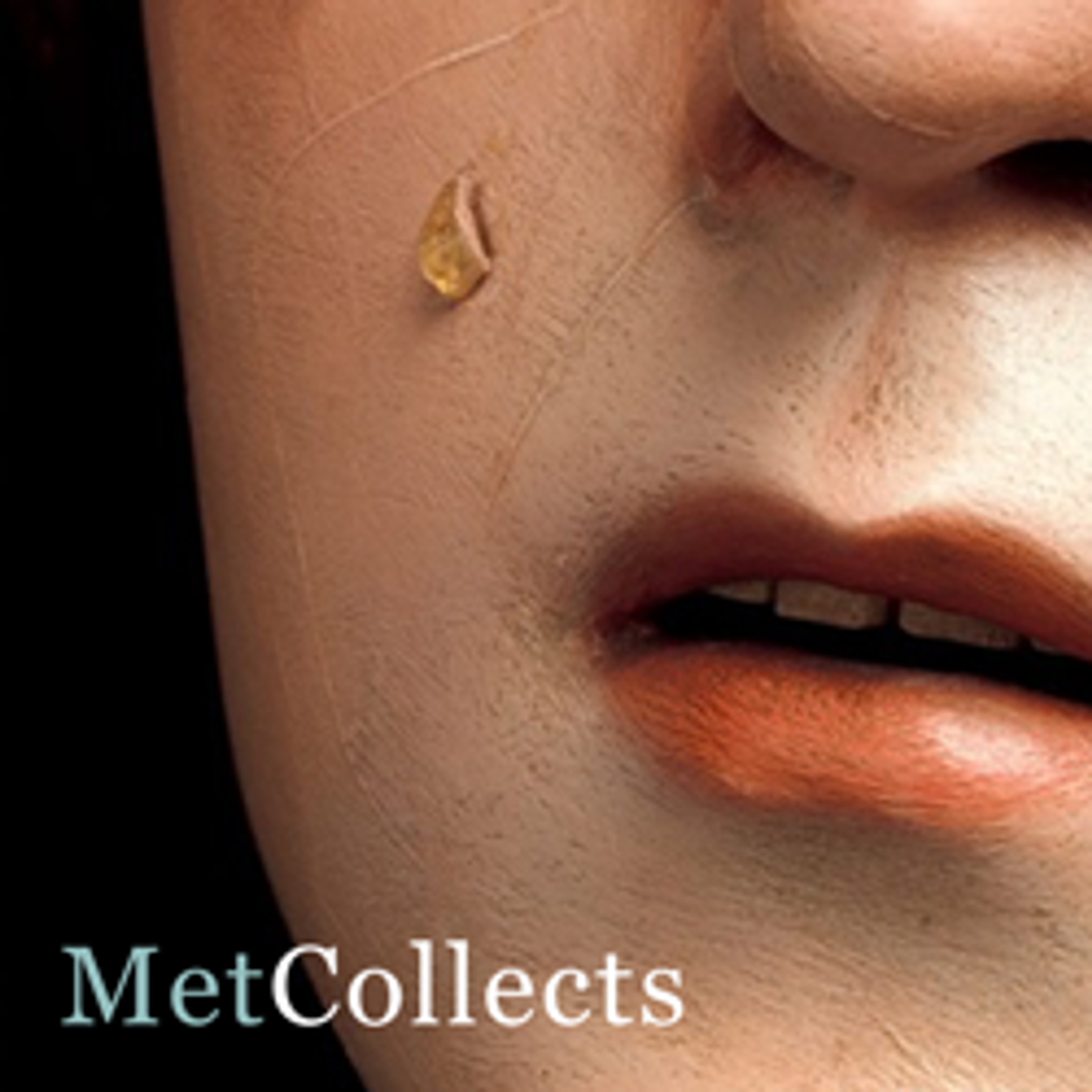Stacked Food Box (Jūbako) with Taro Plants and Chrysanthemums
This food box was designed for a celebratory meal, such as New Year’s feast. It comes with two lids so that the boxes can be easily separated into two sets. The decorative, modern design consists of taro plants (satoimo) and chrysanthemum flowers.
Shibata Zeshin was renowned for both his lacquer works and paintings. Because he started his career in the Edo period and worked through the early Meiji period, he crossed not only the boundaries of various media but also transmitted Edo-period techniques and design sensibilities to modern lacquer artists. Zeshin was trained by Koma Kansai II (1767–1835), a prominent member of the Koma family of maki-e artists, and studied with Shijō-school painters. His interest in sketching from nature reflected in his detailed compositions of natural themes.
Shibata Zeshin was renowned for both his lacquer works and paintings. Because he started his career in the Edo period and worked through the early Meiji period, he crossed not only the boundaries of various media but also transmitted Edo-period techniques and design sensibilities to modern lacquer artists. Zeshin was trained by Koma Kansai II (1767–1835), a prominent member of the Koma family of maki-e artists, and studied with Shijō-school painters. His interest in sketching from nature reflected in his detailed compositions of natural themes.
Artwork Details
- 里芋菊蒔絵重箱
- Title:Stacked Food Box (Jūbako) with Taro Plants and Chrysanthemums
- Artist:Shibata Zeshin (Japanese, 1807–1891)
- Period:late Edo (1615–1868)–early Meiji (1868–1912) period
- Date:mid-19th century
- Culture:Japan
- Medium:Lacquered wood, gold and silver hiramaki-e, takamaki-e, and colored togidashimaki-e
- Dimensions:H. 16 1/2 in. (41.9 cm); W. 9 in. (22.9 cm); D. 9 5/8 in. (24.4 cm)
- Classification:Lacquer
- Credit Line:Mary Griggs Burke Collection, Gift of the Mary and Jackson Burke Foundation, 2015
- Object Number:2015.300.289a–g
- Curatorial Department: Asian Art
More Artwork
Research Resources
The Met provides unparalleled resources for research and welcomes an international community of students and scholars. The Met's Open Access API is where creators and researchers can connect to the The Met collection. Open Access data and public domain images are available for unrestricted commercial and noncommercial use without permission or fee.
To request images under copyright and other restrictions, please use this Image Request form.
Feedback
We continue to research and examine historical and cultural context for objects in The Met collection. If you have comments or questions about this object record, please contact us using the form below. The Museum looks forward to receiving your comments.
